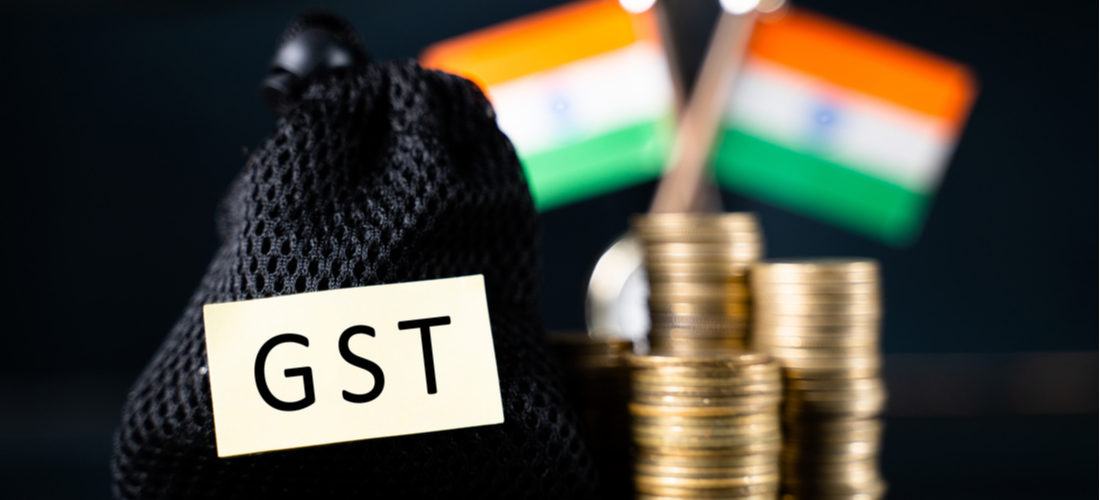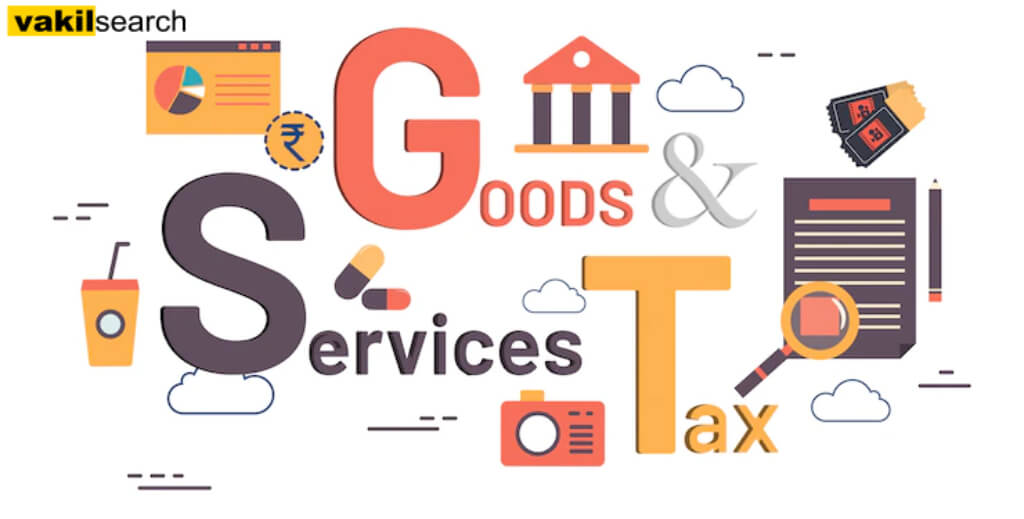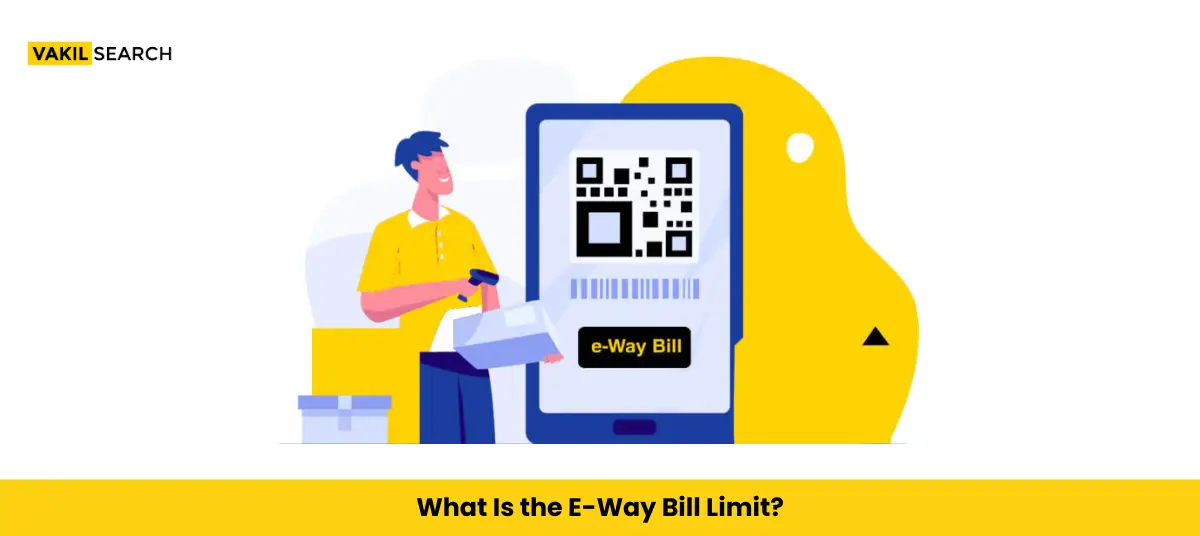A simplified GST return format will be introduced from 1st April, according to the honourable Finance Minister's budget speech. As a result, SMEs and VAT & Service Tax holders will be able to move smoothly through the taxing system. Since the GST regime went into effect, over 1.03 crore businesses have been registered under it. Continue to read to know more ..
Introduction
In this comprehensive guide, we will explore the importance of GST registration, the concept of threshold limits, casual registration, and the penalties for non-registration. Additionally, we’ll delve into the process of GST enrollment for taxpayers, the required documents, and the GST registration form. GST Registration For VAT & Service Tax Holders
What is GST Registration?
GST registration is the process through which businesses and individuals become a part of the GST system. It involves obtaining a unique GST Identification Number (GSTIN) that enables taxpayers to comply with GST regulations and file their returns. GST registration is mandatory for businesses with a specified turnover and voluntary for those below the threshold.
Why is the GST Registration Important?
GST registration offers numerous benefits, including:
Legal Recognition: It provides legal recognition to businesses as suppliers of goods or services.
Input Tax Credit: Only registered taxpayers can claim input tax credit on purchases, reducing the overall tax burden.
Interstate Transactions: Registered businesses can conduct interstate transactions without restrictions.
Legitimate Business Operations: GST registration enhances the credibility and legitimacy of businesses in the eyes of consumers and other stakeholders.
What is a Threshold Limit?
Threshold limits are turnover limits specified by the government, below which GST registration is not mandatory. These limits vary for different categories of taxpayers, such as regular and casual taxpayers. Businesses exceeding the threshold limit must register under GST.
What is a Casual Registration?
Casual registration is a special provision for businesses involved in occasional or seasonal transactions. It allows them to obtain GST registration for a limited period without having a fixed place of business
Example: A person who has a place of business in Pune supplies taxable consulting services in Bangalore where he has no place of business would be treated as a casual taxable person in Bangalore.
Streamline your tax calculations! Access our GST Interest Calculator Online for error-free assessments.
What Are Penalties for Not Registering Under the GST?
Non-registration under GST can result in penalties and legal consequences. Businesses failing to register despite being liable for GST can face financial penalties and prosecution under the law. It is essential to assess the applicability of GST registration and comply with the regulations to avoid such consequences.
GST Enrollment for Taxpayers
Taxpayers, who have already registered for taxes within their state or with the central government, are eligible to enrol for GST. With the state of Goa announcing the last date for GST switchover for existing taxpayers, it is time to ensure we have everything in hand before a similar announcement in other states too.
The taxpayers who are eligible for GST registration are those who have already registered with:
- Luxury tax
- Entertainment tax
- Sales Tax or VAT
- Service tax
- Central Excise
By enrolling with GST, the date given for the GST online registration will get automatically updated in the new integrated tax system.
Steps for enrollment of existing taxpayers under the GST:
The procedure for enrolling into the GST is as follows:
GST Registration
The registration of GST is totally online, through the authorised GST portal. The government has emphasised that the whole enrollment will happen through a paperless system wherein taxpayers visit the GST portal to enrol themselves for GST.
GST registrations are mandatory for all taxpayers with a supply turnover of over ₹ 20 lakh per annum.
Provisional ID
The concerned State authorities provide a ‘Provisional ID and password’ for all existing taxpayers. This Provisional ID is given by the state authorities (concerned for collecting taxes).
The Goa government, with the last date specified for GST registration as November 29, had given out the IDs and password between November 9 to 11, in their concerned government offices.
The Provisional ID is usually in the below-mentioned format:
State Code –> PAN of the Taxpayer –> Entry number of the PAN holder in the State –> ‘Z’ as default –> Unique Number
Documents Required for GST Registration:
The following are the mandatory documents required for GST registration in any state across the country:
- Provisional ID and password (collected from state authorities)
- Email address – where communications will be sent
- Mobile number- SMS intimations will be sent
- Bank details – Account number, IFSC code and so on
- Constitution of business – Documented proof, such as partnership agreement, registration certificate and so on, all in soft copy. The file should not exceed 1MB limit to upload on GST site)
- Appointment of authorised signatory (in PDF or JPEG, 1MB file size)
- Photographs of promoters/partners or karta (JPEG, with file size not more than 100KB)
- Copy of the opening page of bank passbook in PDF or JPEG, with file size not exceeding 1MB)
Ensure that the bank details (passbook page scanned) contains your account number, branch, IFSC code, and a few transaction details. The banks will provide the same.
GST Registration Form
Applicants need to fill out Form GST REG-01 with the required details and submit it online through the GST portal.
Here are a few pointers to further expand your knowledge on the GST registration.
- Provisional ID and password are mandatory. Please collect it from State authorities whenever the announcement for the same comes across.
- A primary authorised signatory of a business, such as a proprietor, an authorised partner or any person who is authorised to sign on behalf of the business, is responsible for answering any queries and will register for GST on the portal.
Conclusion
GST registration is a vital step for businesses operating in India to comply with the country’s indirect tax laws. It provides businesses with legal recognition, enables input tax credit claims, and facilitates seamless interstate transactions. Understanding the threshold limits and casual registration provisions helps businesses determine their GST registration status accurately.
Remember, non-registration can result in penalties and legal consequences, so it is essential to comply with GST regulations. Existing taxpayers can transition into the GST system through the enrollment process, ensuring a smooth transition.
Get in touch with our experts right away to assess your eligibility for GST registration and complete the process to avoid any potential penalties.
FAQs:
Is VAT and service tax applicable after GST?
No, VAT and service tax are not applicable after GST. GST is a comprehensive tax system that subsumes indirect taxes, including VAT and service tax.
What are the disadvantages of VAT?
Here are some of the disadvantages of VAT: Cascading effect: VAT is a cascading tax, which means that the tax is levied on the value of goods and services at every stage of the supply chain. This can lead to higher prices for consumers. Administrative burden: VAT can be a complex tax to administer, as businesses need to keep track of the value of goods and services at every stage of the supply chain. Compliance costs: VAT can be a costly tax to comply with, as businesses need to file monthly returns and pay tax. Border tax adjustments: VAT can be difficult to administer in cross-border transactions, as businesses need to account for the different VAT rates in different countries.










